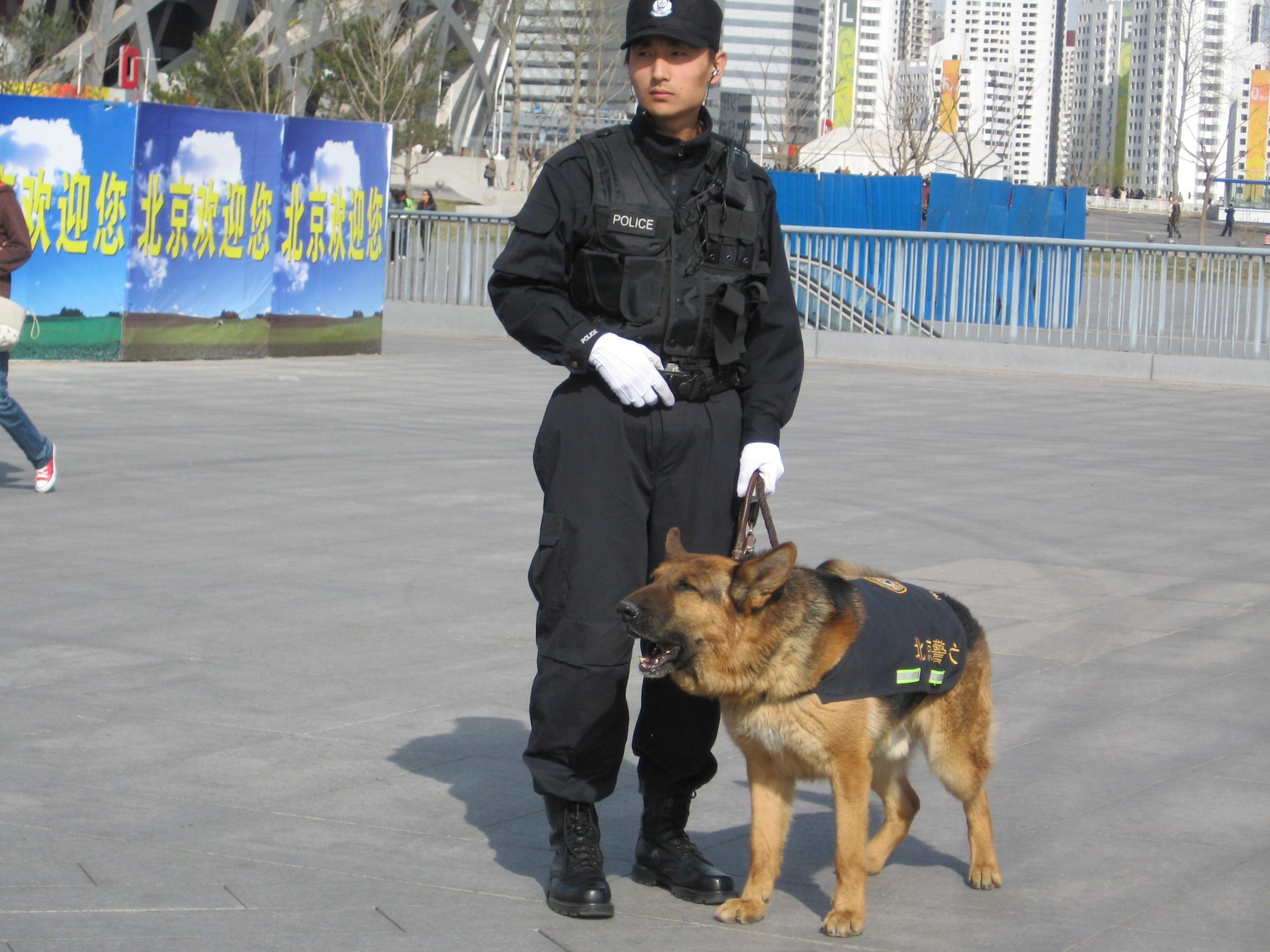How to stop a dog from barking at every noise outside

Barking is a natural form of communication for dogs, but when your furry friend reacts to every sound outside, it can become a source of frustration for both you and your neighbors. Understanding why dogs bark and learning how to manage this behavior is crucial for maintaining a peaceful household. This article will guide you through practical strategies to help your dog remain calm and composed, even when faced with the myriad of noises that the outside world presents. Whether it’s the rustling of leaves, the footsteps of a passerby, or the distant bark of another dog, we will explore effective techniques to reduce your dog’s sensitivity to these triggers, fostering a more serene environment for everyone.
Understanding the Root Causes of Excessive Barking
To effectively address a dog’s excessive barking, it’s crucial to delve into the underlying causes. Barking is a natural canine behavior, often serving as a form of communication or response to stimuli. However, when it becomes excessive, it may indicate deeper issues that need attention. Here are some common triggers:
- Alert/Alarm: Dogs may bark at every noise outside due to their instinct to alert their owners of potential intruders or changes in their environment.
- Boredom/Loneliness: Without sufficient mental or physical stimulation, dogs can resort to barking out of boredom or to seek attention.
- Anxiety/Fear: Loud or unfamiliar noises can trigger anxiety, leading to barking as a coping mechanism.
- Territorial Behavior: Dogs may perceive noises as a threat to their territory, prompting them to bark to assert dominance.
Understanding these root causes is the first step in addressing and mitigating excessive barking. Identifying the specific trigger for your dog will help tailor an effective strategy to reduce or eliminate the behavior.

Effective Training Techniques to Curb Noise-Induced Barking
To address the challenge of noise-induced barking, it is essential to employ effective training methods that help your furry friend remain calm and composed. Start by using positive reinforcement techniques, which involve rewarding your dog with treats or praise when they remain quiet in response to external noises. This encourages them to associate silence with positive outcomes, gradually reducing their urge to bark.
Consider implementing a desensitization strategy to acclimate your dog to the sounds that typically trigger their barking. Begin by playing recordings of these noises at a low volume, slowly increasing the intensity over time. This helps your pet become accustomed to the sounds, minimizing their reactive behavior. Additionally, creating a calm environment can be beneficial. This includes:
- Ensuring they have a comfortable and secure space.
- Using background noise like a white noise machine to mask external sounds.
- Providing engaging toys or puzzles to keep them mentally stimulated.
By combining these strategies with patience and consistency, you can effectively reduce your dog’s noise-induced barking and create a more peaceful atmosphere for everyone involved.

Implementing Environmental Modifications for a Quieter Home
Creating a tranquil environment for your dog can significantly reduce its tendency to react to every sound from the outside world. Start by insulating your home to muffle external noises. Consider installing thicker curtains or window treatments that are designed to block sound. These not only help in reducing noise but also improve your home’s energy efficiency. For an extra layer of soundproofing, you can apply weather stripping around windows and doors to prevent sound leaks.
In addition to structural modifications, soft furnishings can play a crucial role in absorbing sound. Introduce plush rugs, heavy drapes, and upholstered furniture to your living spaces. These elements can dampen noise levels and create a more serene atmosphere. Consider setting up a dedicated quiet space for your dog, perhaps using a cozy nook with soft bedding and toys. This sanctuary can serve as a retreat during particularly noisy times, helping your pet feel safe and less inclined to bark.

Utilizing Professional Resources and Tools for Persistent Barking Issues
Dealing with persistent barking issues can be challenging, but leveraging professional resources and tools can significantly ease the process. Certified dog trainers and animal behaviorists offer valuable insights and personalized strategies tailored to your dog’s specific needs. They can help identify underlying causes of excessive barking, such as anxiety or territorial behavior, and suggest appropriate training techniques. Consulting with a professional can provide a fresh perspective and innovative solutions that you might not have considered.
In addition to professional guidance, several tools can assist in managing your dog’s barking. Consider the following options:
- Anti-bark collars: These collars use gentle corrections, such as vibrations or sounds, to discourage barking.
- Interactive toys: Keep your dog engaged and distracted from external noises by providing toys that stimulate their mind.
- White noise machines: Mask outdoor sounds that trigger barking with calming background noise.
By combining expert advice with effective tools, you can create a comprehensive plan to address your dog’s barking and foster a more peaceful home environment.



